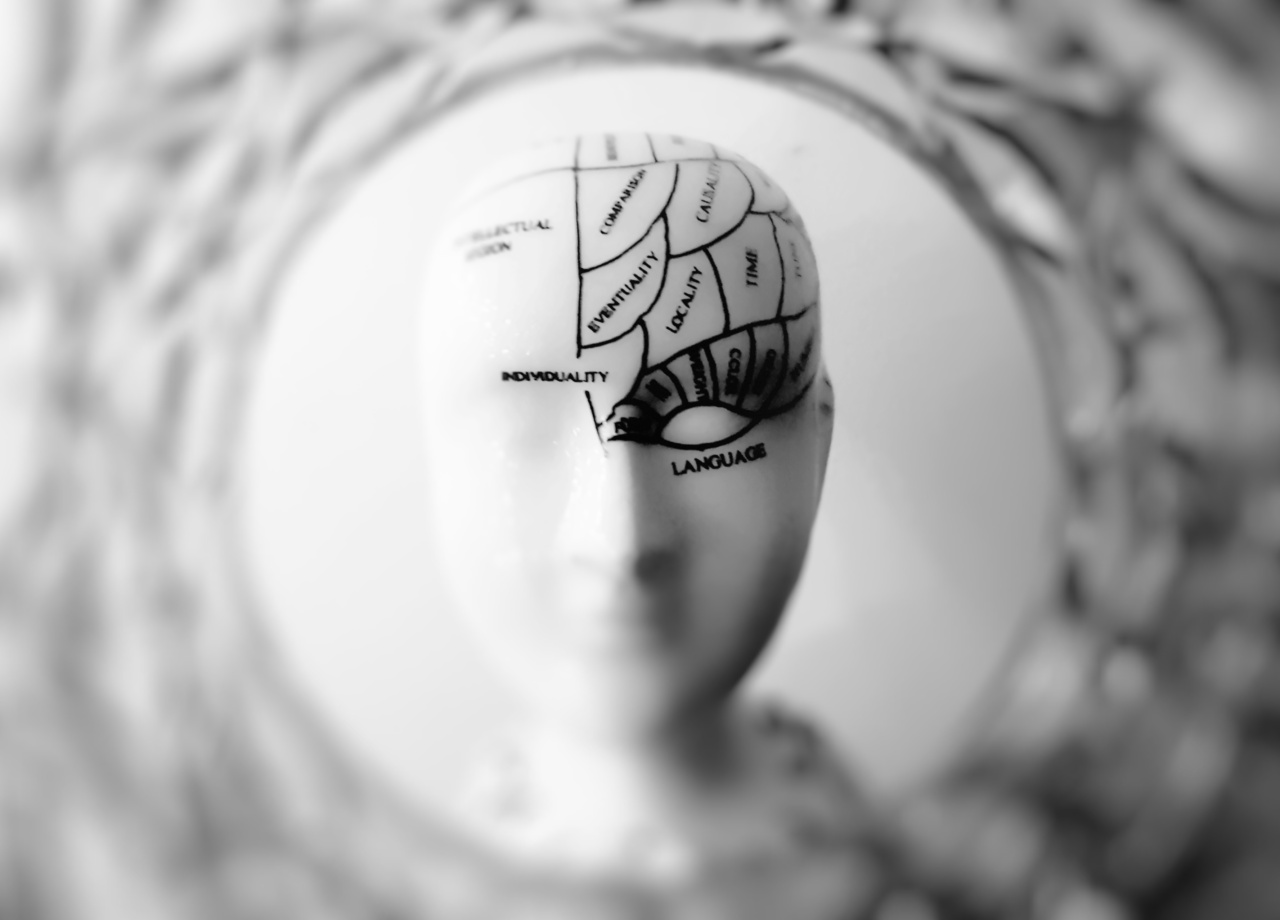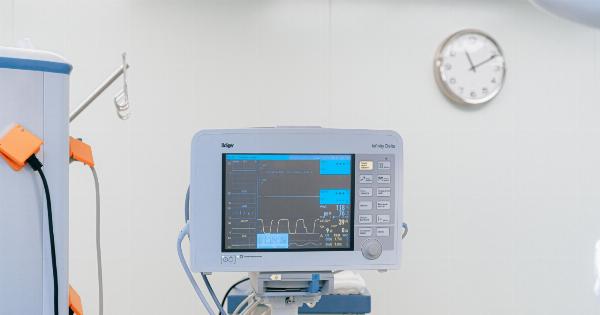A brain aneurysm, also known as a cerebral aneurysm, is a bulging blood vessel in the brain that can potentially rupture and cause a hemorrhagic stroke. It is a serious condition that requires immediate medical attention.
While brain aneurysms are often asymptomatic and go undetected, they can sometimes present with specific diagnostic signs that healthcare professionals can identify. Recognizing these signs is crucial for prompt diagnosis and appropriate management of this potentially life-threatening condition. In this article, we will explore the various diagnostic signs of a brain aneurysm.
1. Severe headache
A sudden and severe headache is one of the most common and often the first sign of a brain aneurysm.
It is often described as the “worst headache of your life.” The intensity of the headache can vary from person to person, but it is typically debilitating and different from any headaches the individual has experienced before. It can onset abruptly or develop gradually over time.
2. Neck pain and stiffness
Individuals with a brain aneurysm may experience neck pain and stiffness, often accompanied by a headache. The neck pain may radiate down to the shoulders or upper back, making movement uncomfortable and difficult.
This symptom is due to the anatomical proximity of the blood vessels in the brain to the neck area.
3. Vision problems
Changes in vision can occur when a brain aneurysm presses against the nerves responsible for vision or disrupts blood flow to the optic nerve.
Some of the visual symptoms associated with a brain aneurysm include double vision, blurred vision, a loss of peripheral vision, or even complete loss of vision in one or both eyes. Any sudden and unexplained visual changes should be evaluated by a healthcare professional.
4. Sensitivity to light
People with a brain aneurysm might experience sensitivity to light, also known as photophobia. They may find it difficult to tolerate bright lights or even normal lighting conditions.
This intolerance to light can be accompanied by other visual disturbances and is often a sign of increased intracranial pressure.
5. Nausea and vomiting
Occasional nausea and vomiting may occur due to increased pressure within the brain caused by a growing aneurysm. These symptoms are non-specific but can warrant further investigation, especially when combined with other signs mentioned above.
6. Loss of consciousness or fainting
In some cases, a brain aneurysm may rupture, leading to a subarachnoid hemorrhage. This sudden bleeding can cause loss of consciousness or fainting.
If an individual experiences a sudden loss of consciousness without an apparent cause, they should seek immediate medical attention, as it could be a sign of an aneurysm rupture.
7. Seizures
Seizures can occur when a brain aneurysm causes irritation or damage to the surrounding brain tissue. These seizures can manifest as generalized convulsions or partial seizures, depending on the location of the aneurysm and the affected brain regions.
Seizures as a result of a brain aneurysm are more common after the aneurysm has ruptured.
8. Confusion and cognitive changes
A brain aneurysm can disrupt normal brain function and lead to confusion, difficulty concentrating, memory problems, and other cognitive changes.
These symptoms may occur as a result of pressure on different brain areas or due to the effects of bleeding on the brain tissue.
9. Dilated pupils
The pressure from an enlarging brain aneurysm can affect the nerves that control the size of the pupils. As a result, the affected individual may have one or both pupils that are larger than normal (dilated).
This symptom, known as anisocoria, can be observed during a physical examination.
10. Neurological deficits
Depending on the location and size of the aneurysm, individuals may exhibit neurological deficits, such as weakness or numbness in certain parts of the body, difficulty speaking, loss of coordination, or problems with balance.
These deficits are often due to the compression of specific brain areas by the aneurysm or as a result of a rupture and subsequent bleeding.
If you or someone you know experiences any of these diagnostic signs of a brain aneurysm, it is essential to seek immediate medical attention.
Early detection and proper management can significantly improve outcomes and reduce the risk of serious complications associated with this condition.





























